

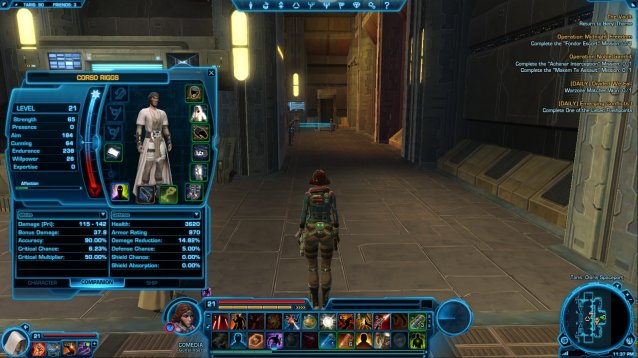
So, you’re starting out in The Old Republic and you’re not sure exactly what needs to be done? The game can get a little overwhelming, especially if you haven’t played World Of Warcraft or other similar Massively Multiplayer Role-Playing Games. Here are a few pointers to get you started:
Understand Your Class (part 1) – The most important thing decision you’ll be confronted with in The Old Republic is one of the first: your character creation. Most of the choices are aesthetic. Your character’s class is not. It sets the course of the entire game, from how you play to the character’s main storyline.
There are four main classes, although the have different names on the Republic or Empire side. Those are:
Learn The Lingo – MMRPGs are complex and require a lot of specific communication, which means that there’s a lot of jargon. A few of the most common terms:
Learn To Chat – That chat window pops up and people keep saying things. Maybe you want to say things. But it can get confusing to say things to the right people in the right places. Here are the chat commands that should let you avoid being embarrassed:
Understand Group Dynamics – All right. You’ve found a quest that says it’s a “Heroic”, and you saw someone else saying in the General chat saying they were “LFG” for that quest. How do you join up with them? Well, if you want to invite them to the group, right-click on their name and click “invite”. Alternately, you can type “/invite playername”.
One they’re in the group, maybe they’ll start talking about what the group might need. Here’s how groups normally work: there’s a four character maximum in groups. Early in the game the specific group makeup isn’t that important, but as your character gets into the high teens in levels, it becomes necessary to develop the group. You want:
one tank to soak up damage,
one healer to help the tank,
and two damage dealers (“dps”, remember) to kill the bad guys
Normally the tank focuses on one enemy at a time, and the other characters kill that one first, a process occasionally called “burning” when you want to kill that enemy as quickly as possible. This is the simplest form of group fighting, and is called a “tank & spank” as long as it remains that simple.
You Don’t Need To Do Everything – So you’ve got a Heroic quest and you’ve been posting “Looking For Group” messages and nobody cares. It’s the last quest you’ve got on the planet. You can leave it. In fact, you should leave it. There are more quests and opportunities for leveling than you need to progress in the game, and that’s a good thing. It means that you have the options to leave things for later, or even to save quests for other characters.
My typical method is to do all the single-character quests on every other planet, while saving the Heroics for times when other people are looking for groups. If or when I start another character with that faction, I’ll switch which planets I focus on, so the game stays fairly fresh.
The only quests you need to complete are your class quests, which are clearly labeled in your quest log. Everything else? Play how you want to play. If it bores you, skip it.
Remember Your Companion – Early on, your character will get a companion who can help out immensely, but they do require some maintenance. First, their equipment needs to be upgraded just like yours. Press “c” to enter the character screen, and then click on the “COMPANION” tab to see it. Note that checking for upgrades to companion equipment is not as simple as it is for your main character, where you just hover your mouse over it.
Second, your companions can generally complement your character by filling a different role, like a tank or a healer. But you have to tell them to do so. On the bottom left of the screen is the companion ability menu, which should have difference “stances”. Set it to passive if you don’t want them doing anything. Or there are stances which increase “threat”, which means they’ll tank for you, or focus on healing.
This should be enough to get you through the first planet and used to the game. Soon (tomorrow?) we’ll post further tips for negotiating the increasing complexity of the game at level 10 and beyond.


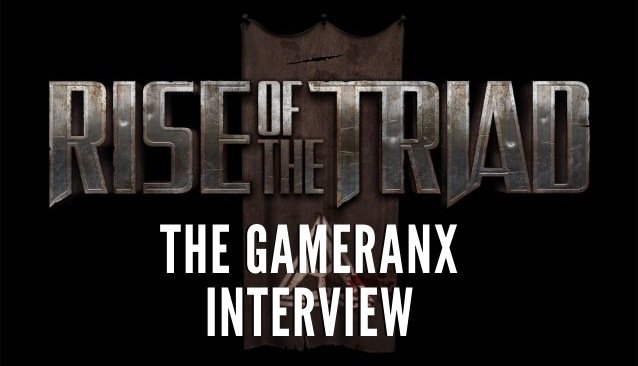
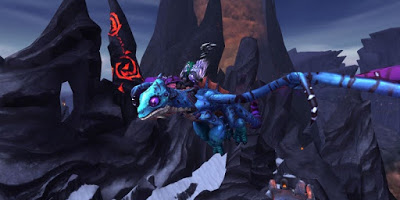
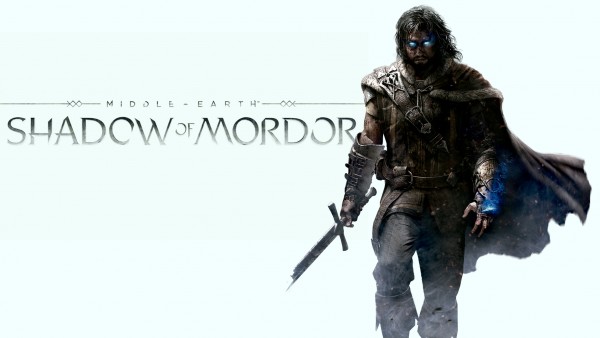 How to get Middle Earth: Shadow of Mordor Black Celebration Trophy, Achievement for PlayStation, Xbox and PC
How to get Middle Earth: Shadow of Mordor Black Celebration Trophy, Achievement for PlayStation, Xbox and PC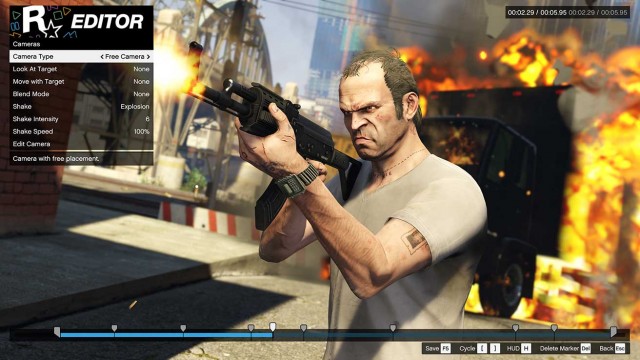 GTA V PC Rockstar Editor Guide: How to Record, Edit Videos, Add Effects, Audio and Upload to YouTube
GTA V PC Rockstar Editor Guide: How to Record, Edit Videos, Add Effects, Audio and Upload to YouTube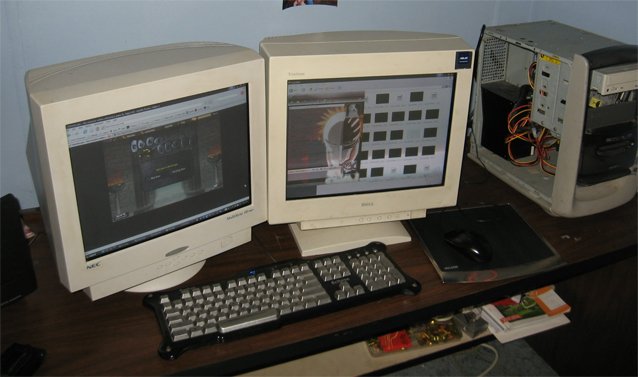 25 Worst Gaming Setups
25 Worst Gaming Setups Project Cars (PC) tire types
Project Cars (PC) tire types How To Get The Legendary Mini-Gun The Ashmaker In Fallout 4
How To Get The Legendary Mini-Gun The Ashmaker In Fallout 4